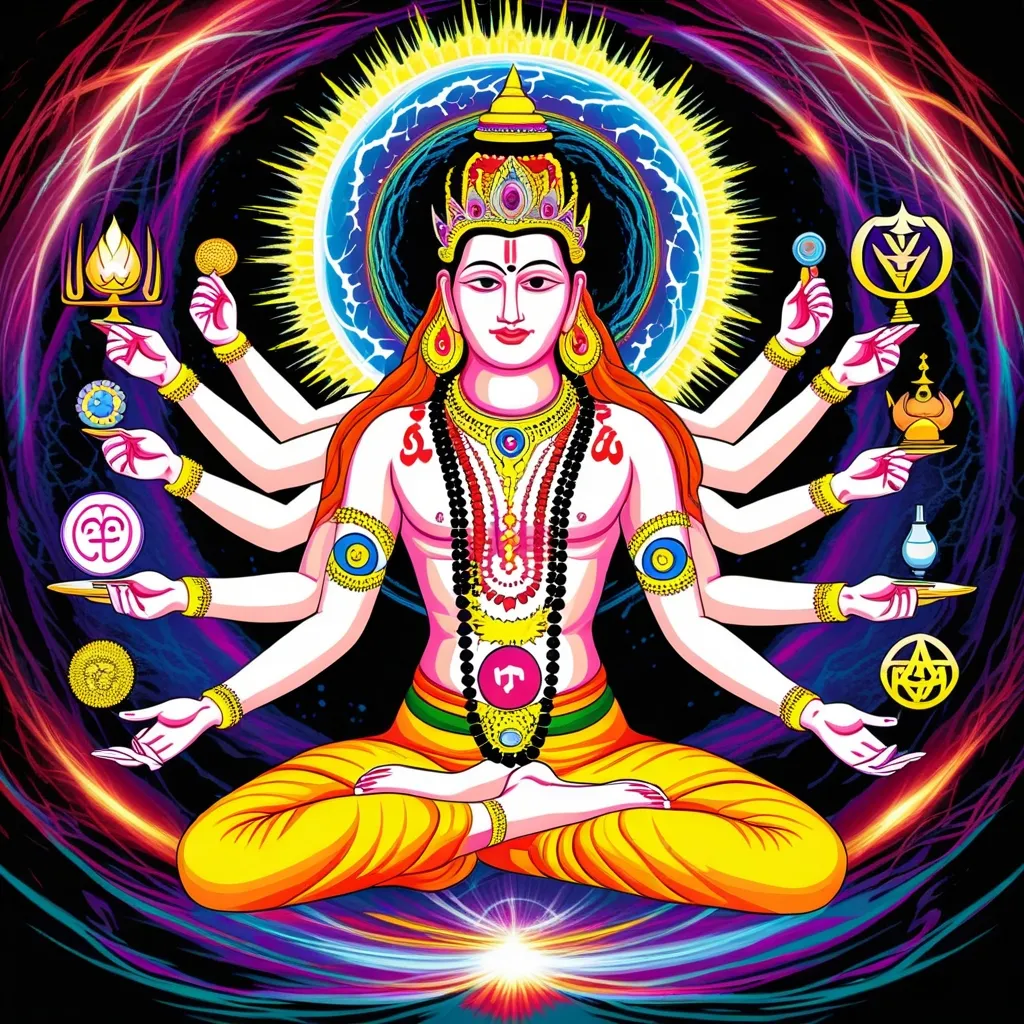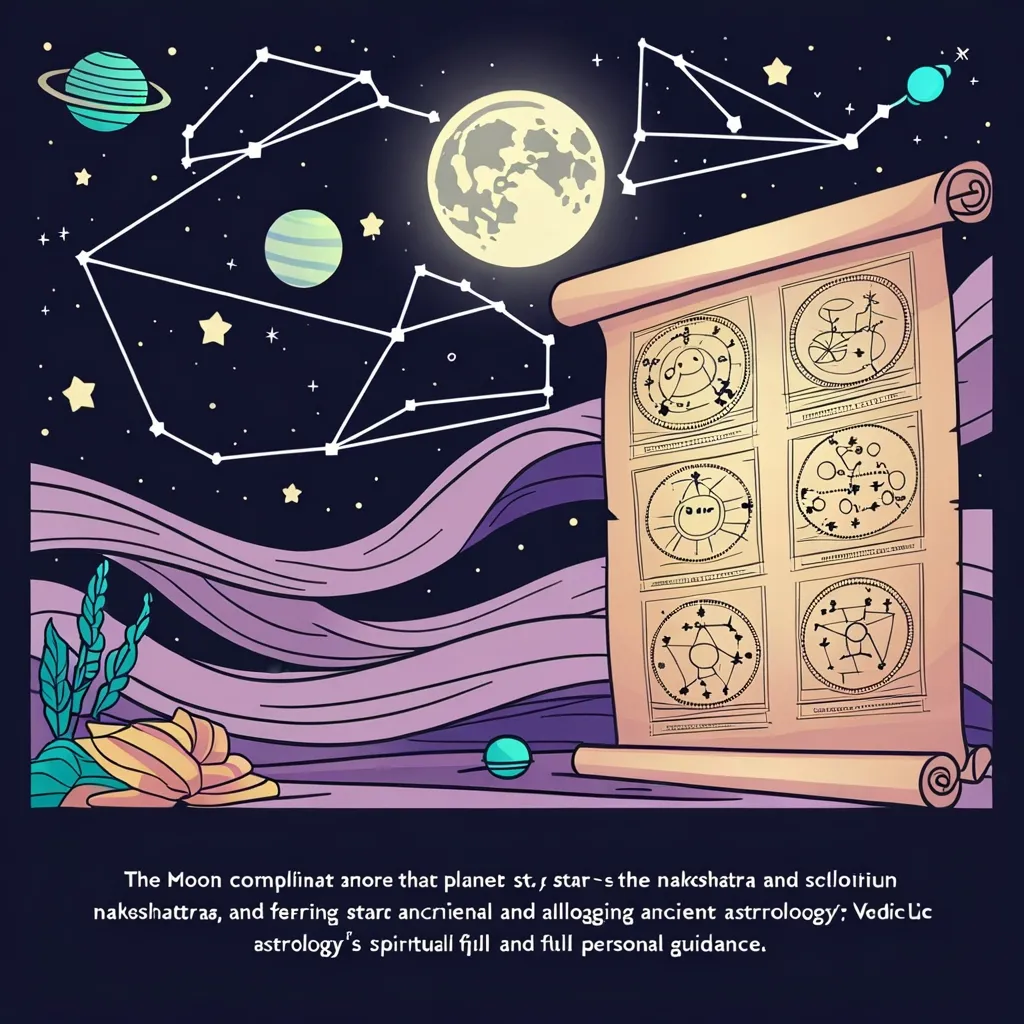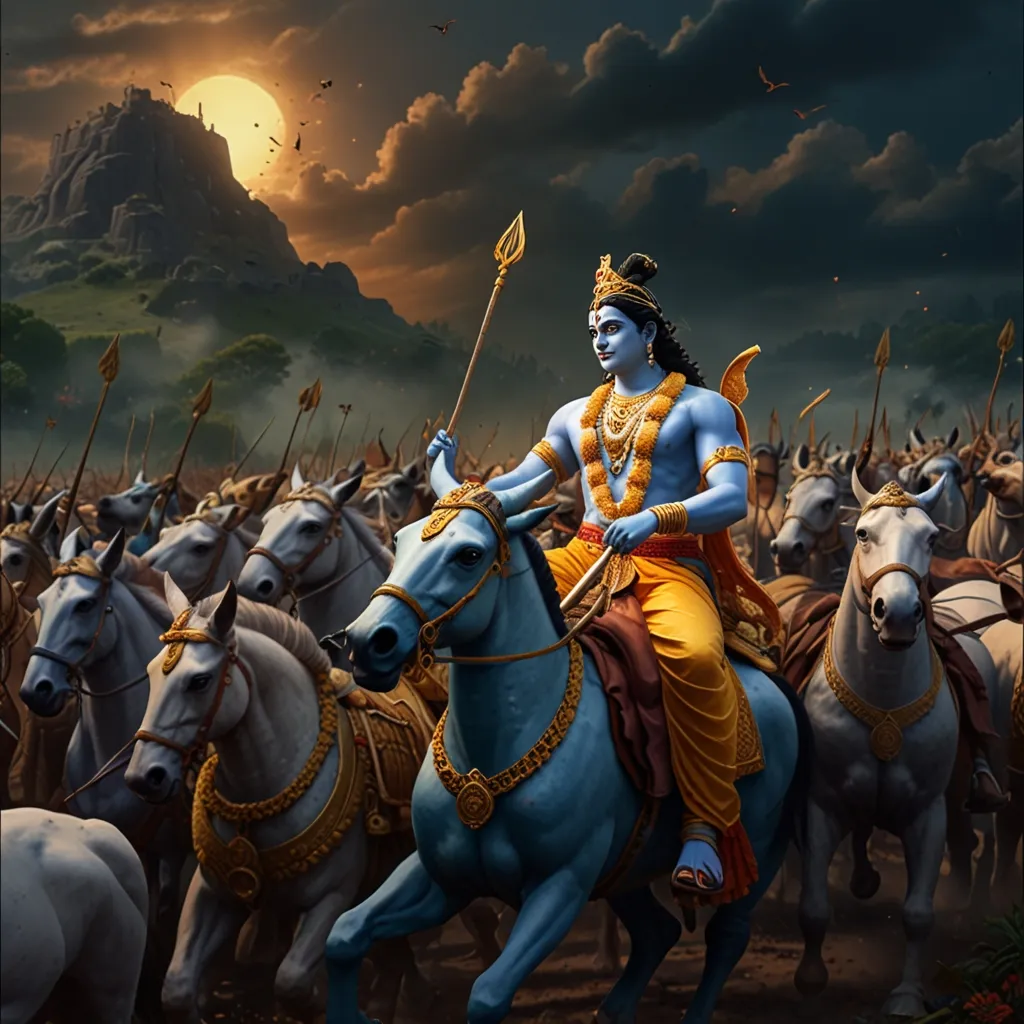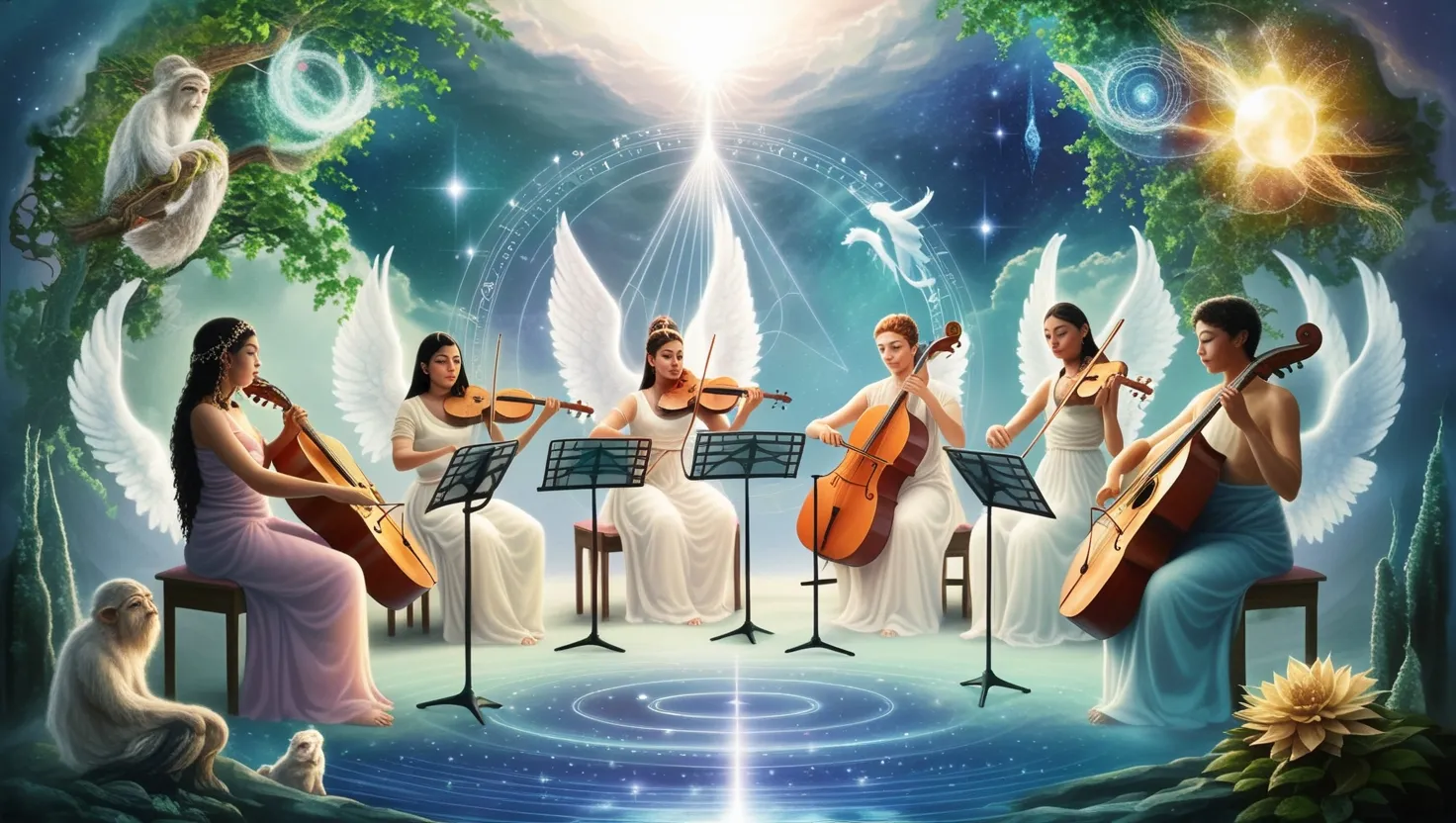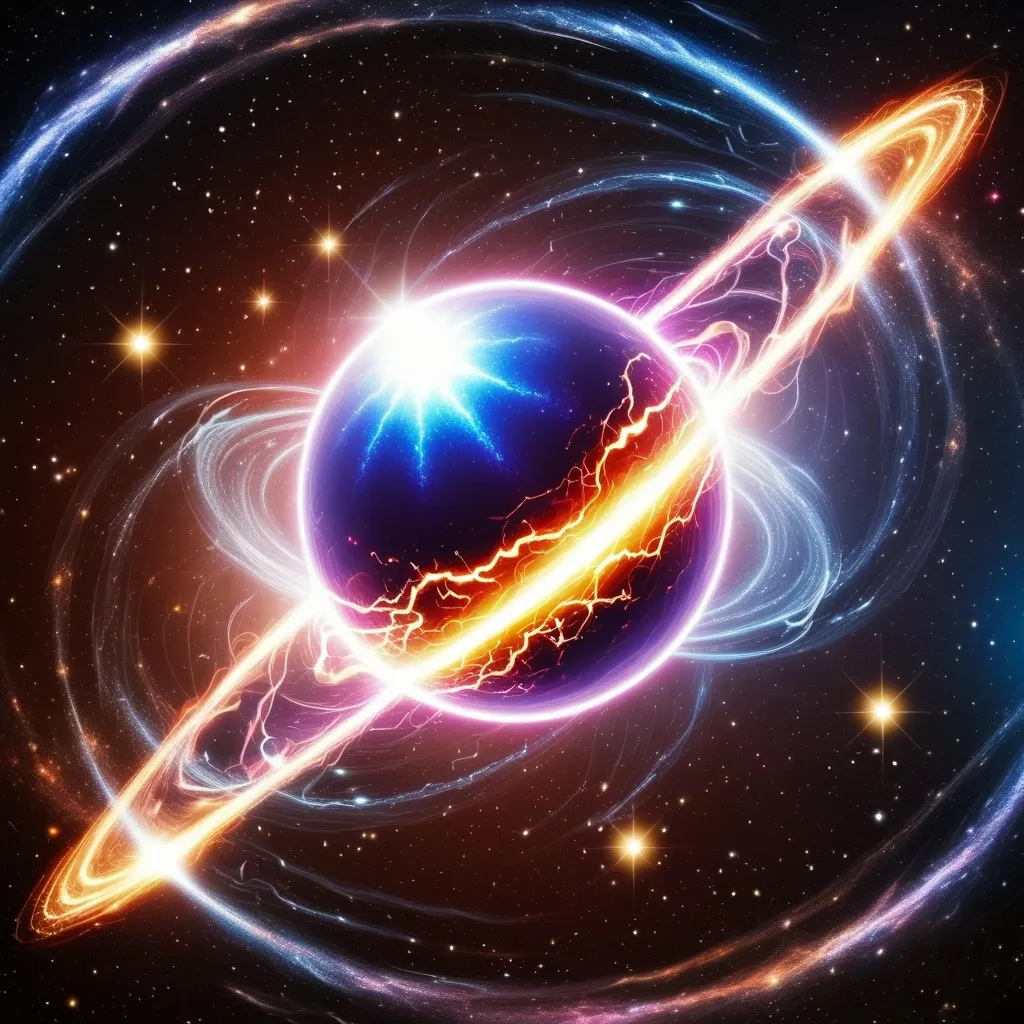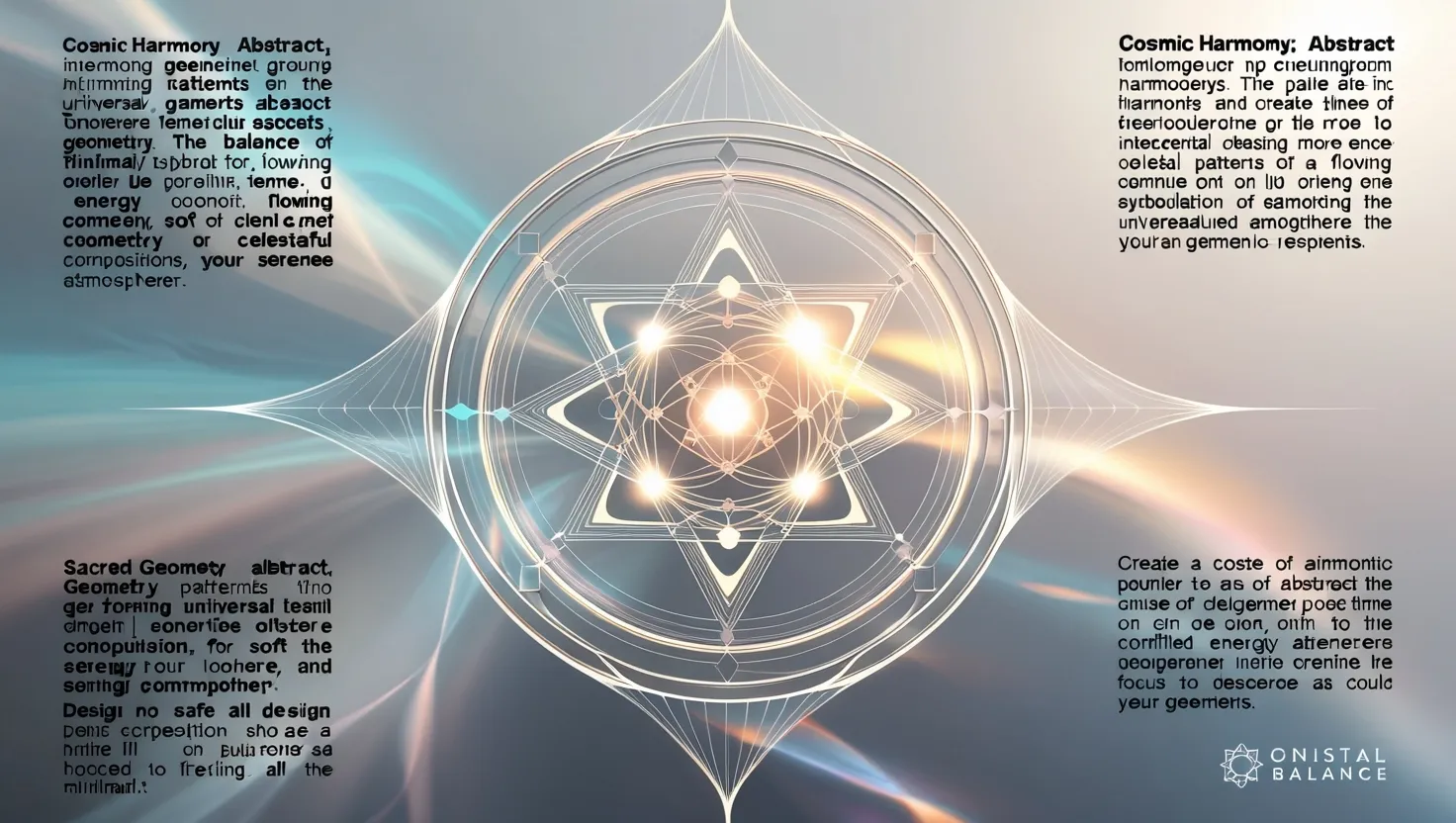Hindu Gods and Their Many Arms: A Journey into Divine Symbolism
Ever wondered why Hindu gods have so many arms? It’s not just for show, I promise! These extra limbs are packed with meaning and tell us a lot about the gods themselves. Let’s dive into this fascinating aspect of Hindu mythology and explore what it’s all about.
Superhuman Powers on Display
Think about it - if you had superpowers, wouldn’t you want to show them off? That’s exactly what’s happening with Hindu deities. Those multiple arms are like a visual resume of their incredible abilities. Take Vishnu, for example. He’s usually depicted with four arms, each holding something special: a conch shell, a discus, a lotus flower, and a mace. It’s like he’s saying, “Hey, check out all the cool stuff I can do!”
These extra arms aren’t just for bragging rights, though. They represent the gods’ ability to multitask on a cosmic level. While we mere mortals struggle to pat our heads and rub our tummies at the same time, these deities are juggling the fate of the universe in their many hands. It’s a reminder to worshippers that the gods are operating on a whole different level.
A Divine Toolbox
Each arm of a Hindu god often holds a different object, and these aren’t just random props. They’re like a divine toolbox, with each item representing a different power or aspect of the deity’s nature. Let’s look at Ganesha, the elephant-headed god. He’s often shown with four to sixteen arms, each clutching something meaningful. An axe for cutting through obstacles, a rope for pulling devotees closer, a sweet treat (because who doesn’t love snacks?), and a lotus flower for purity.
It’s like each god has their own Swiss Army knife of divine powers. Durga, the fierce goddess of protection, is a perfect example. She’s often depicted with multiple arms during her epic battle against the buffalo demon Mahishasura. Each arm wields a different weapon, showing off her diverse skillset in kicking demon butt. It’s a powerful image that says, “Don’t mess with me, I’ve got an arsenal at my fingertips!”
From Words to Images
The idea of gods with multiple arms didn’t just pop out of nowhere. It has its roots in ancient Vedic literature, where gods were described using all sorts of flowery language and metaphors. Over time, these verbal descriptions evolved into visual representations. It’s like the world’s longest game of telephone, but instead of words getting mixed up, we ended up with some seriously cool art.
This transition from text to image helped make the gods more relatable to everyday people. Instead of trying to wrap your head around complex theological concepts, you could look at a statue or painting and go, “Oh, I get it now!” It’s a brilliant way of making the divine more accessible and understandable to the average person.
Bridging the Gap Between Human and Divine
Let’s face it, we humans have a tendency to see ourselves in everything, even our gods. The multiple arms of Hindu deities are a perfect example of this. By giving gods human-like features (just with a few extra limbs), it makes them easier for us to connect with. It’s like saying, “Hey, these gods are kind of like us… but way cooler.”
Take Kali, the fierce goddess of time and destruction. She’s often shown with multiple arms wielding various weapons. It’s a bit intimidating, sure, but it also makes her more relatable. We can look at her and think, “Wow, she’s dealing with some serious stuff, just like me… except on a universal scale.” It’s a way of making the divine more approachable while still maintaining that sense of awe and power.
Telling Stories Through Art
Hindu mythology is full of epic tales and complex concepts. How do you cram all that information into a single statue or painting? Multiple arms to the rescue! By giving gods extra limbs and filling those hands with symbolic objects, artists can tell entire stories in a single image. It’s like a divine comic book, conveying complex ideas through visual storytelling.
This approach is super practical for temples and festivals, where space might be limited but the desire to share these stories is strong. Instead of reading a long text or listening to a lengthy explanation, devotees can look at an image and instantly understand the key aspects of a deity’s nature and stories. It’s efficient, engaging, and frankly, pretty darn cool to look at.
A Personal Touch to Divinity
For many Hindus, these multi-armed depictions of gods are more than just interesting artwork. They’re a way to connect with the divine on a personal level. Each arm and the object it holds can evoke different emotions or aspirations in the worshipper. Seeing Ganesha holding both an axe and a sweet treat might remind someone that life is about balance - working hard to overcome obstacles but also taking time to enjoy the fruits of your labor.
Or consider Durga, often depicted with a serene expression even as she’s in the midst of battle. For a devotee going through tough times, this image could be a source of inspiration - a reminder to stay calm and focused even when life gets chaotic. These visual representations aren’t just pretty pictures; they’re tools for spiritual growth and personal reflection.
Wrapping It Up (With Multiple Arms)
So there you have it - the fascinating world of Hindu gods and their many arms. It’s a unique feature that’s packed with symbolism, cultural significance, and spiritual meaning. These multi-armed deities aren’t just showing off; they’re communicating complex ideas about divinity, power, and the nature of the universe.
From representing superhuman abilities to telling epic stories, from making the divine more relatable to providing personal inspiration, these extra limbs serve a multitude of purposes. They’re a testament to the rich, complex, and deeply symbolic nature of Hindu mythology and iconography.
Next time you see a statue or painting of a Hindu god with multiple arms, take a moment to really look at it. What’s in each hand? What might those objects symbolize? How does the overall image make you feel? You might be surprised at the depth of meaning you can find in those extra limbs. After all, in the world of Hindu gods, more arms mean more stories to tell and more wisdom to share.
